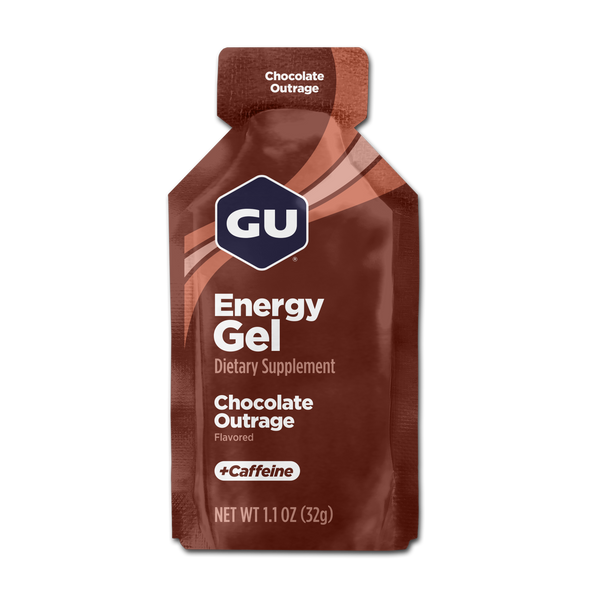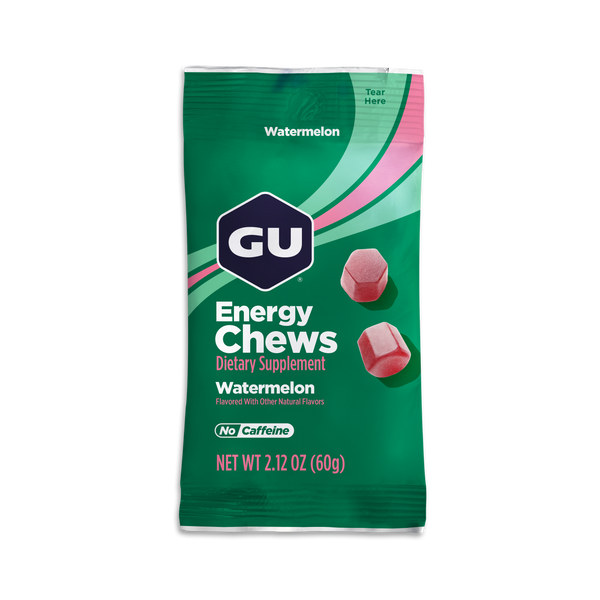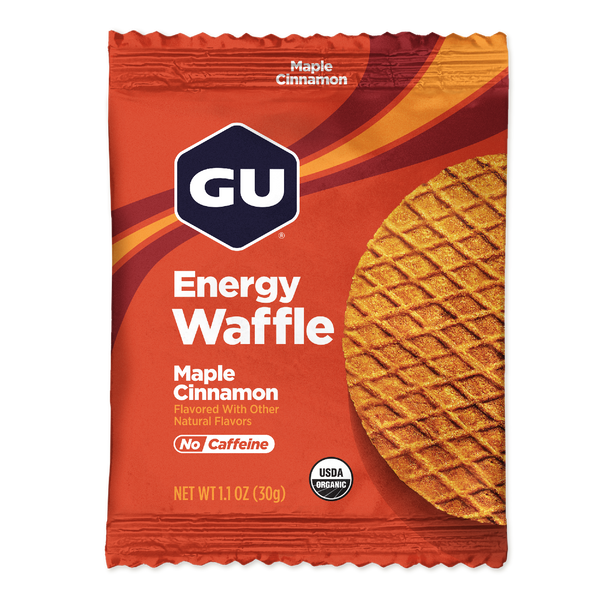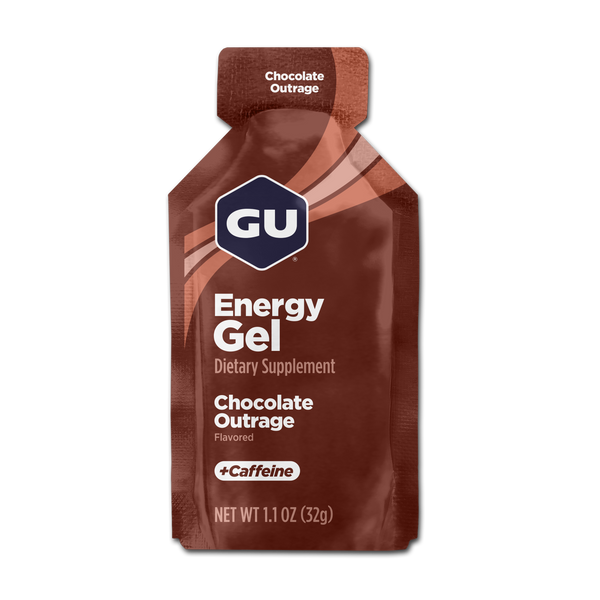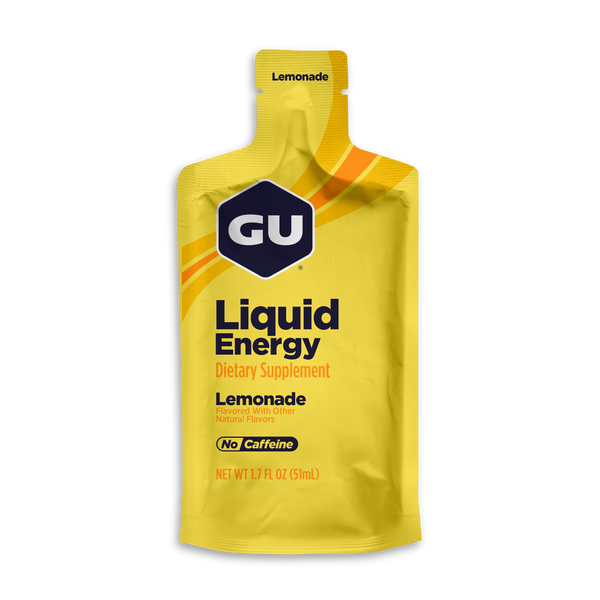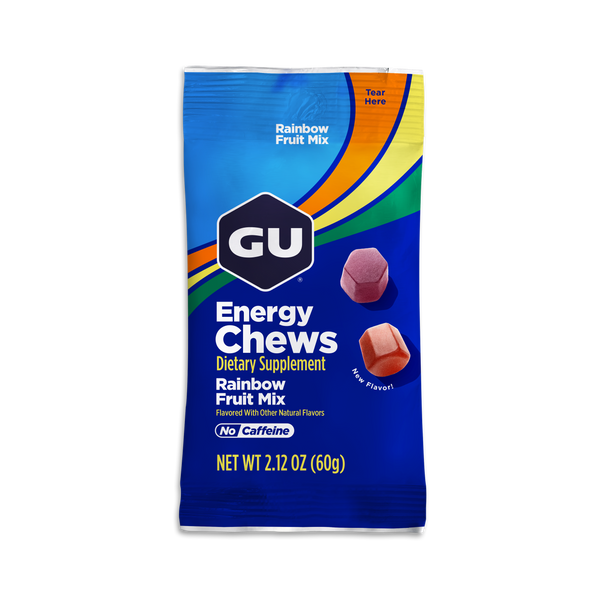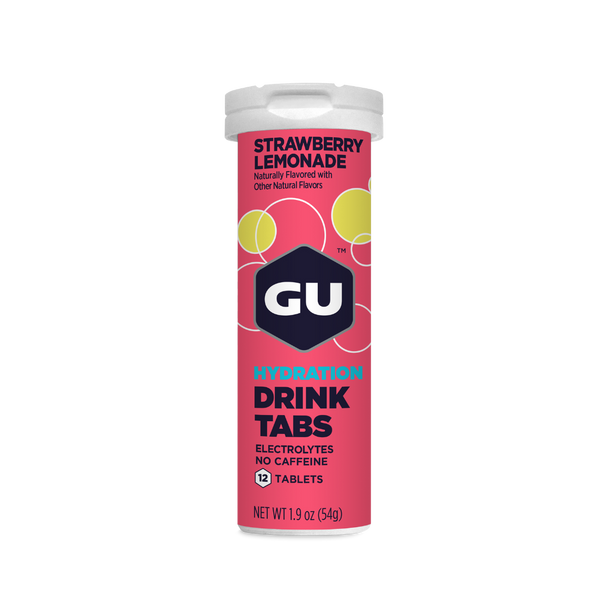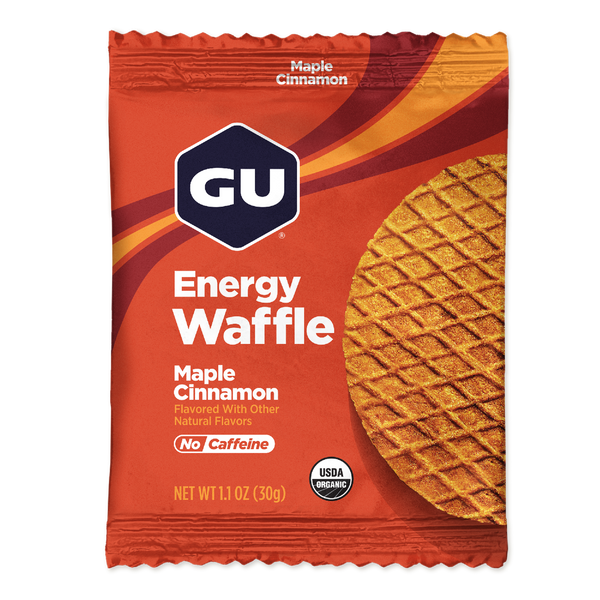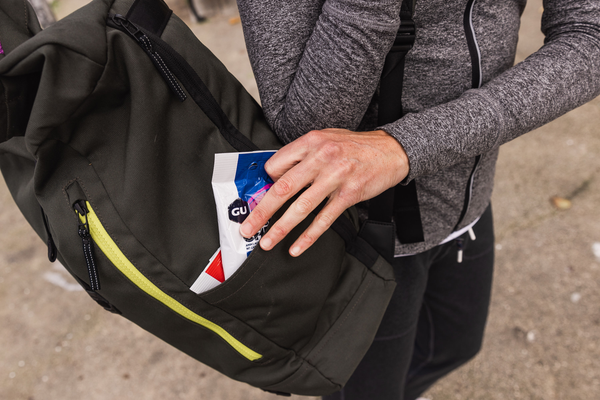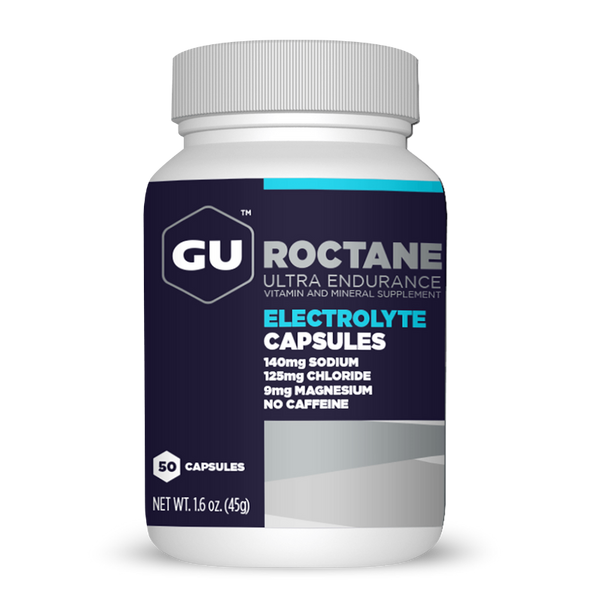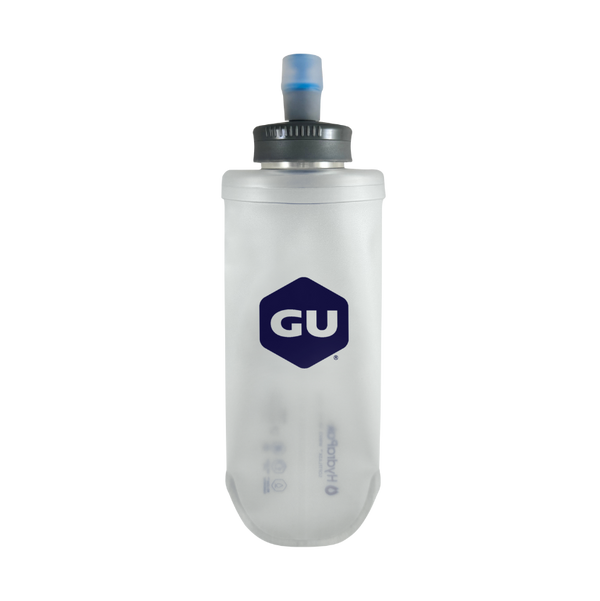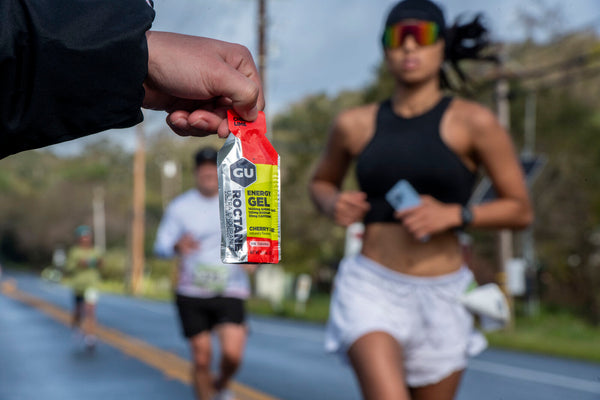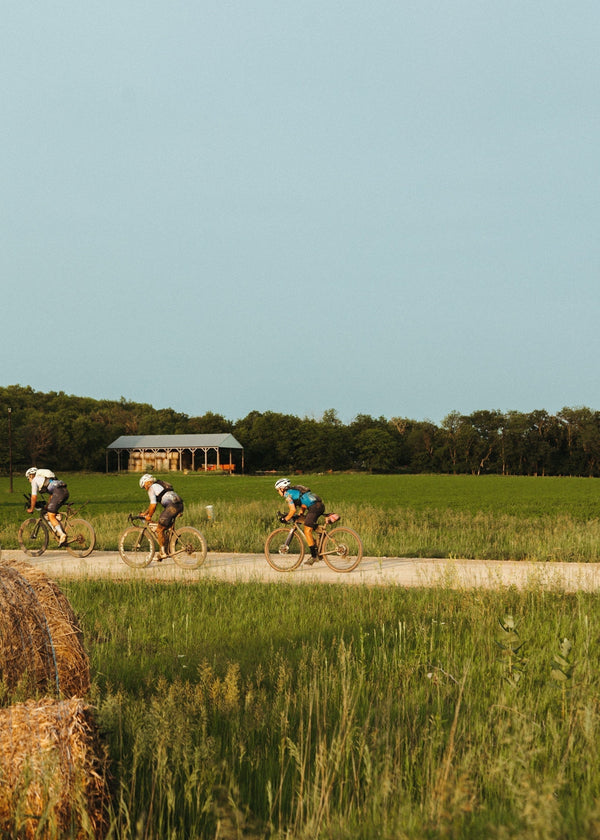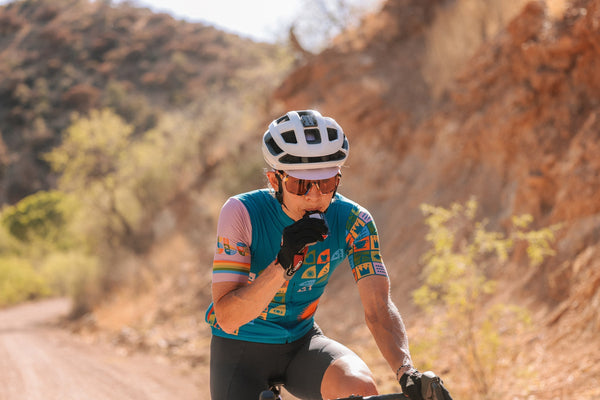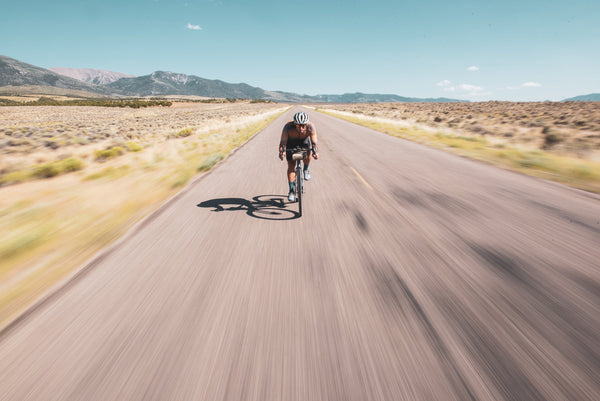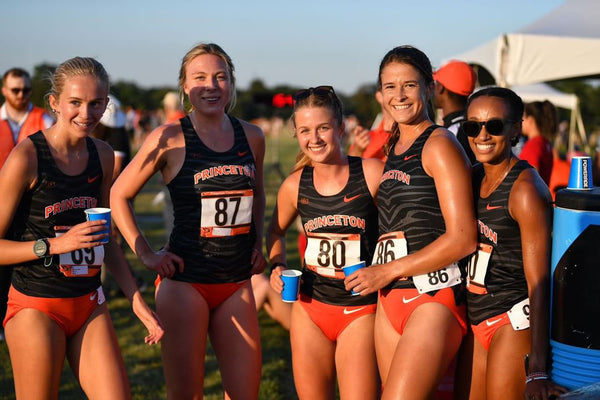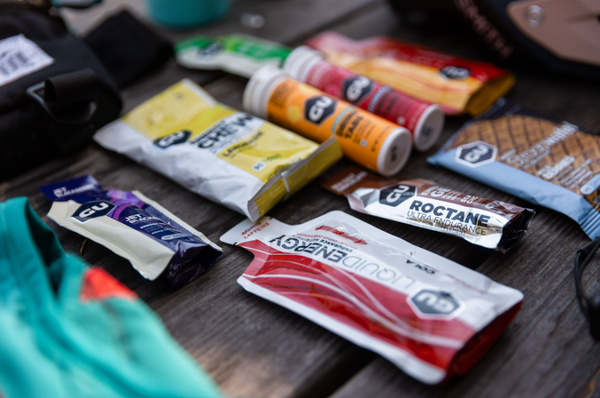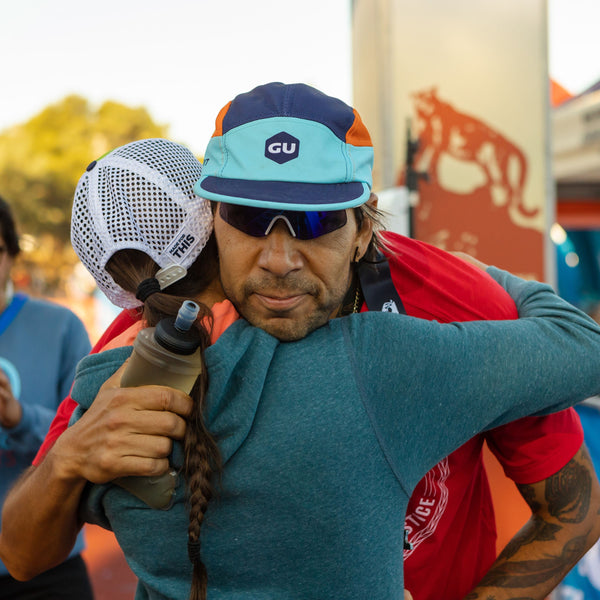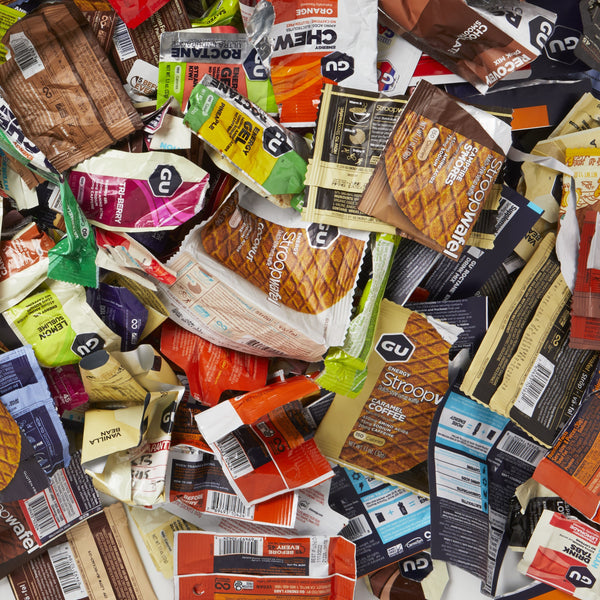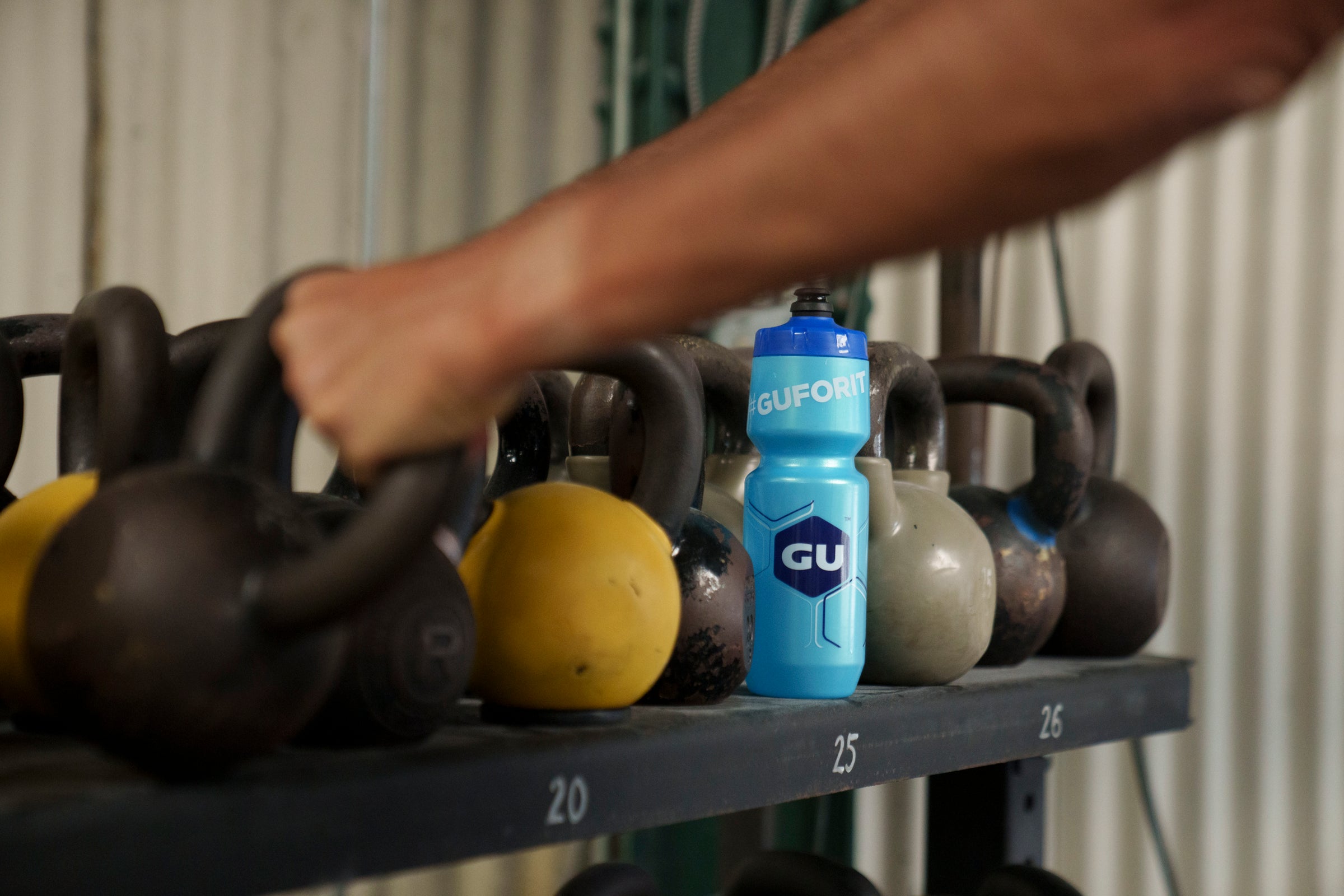You may have heard the term “isotonic” thrown around by your fellow cycling enthusiasts or maybe even that “hypertonic” drinks are the devil during exercise. If you are just a little confused about what it all means, we are here to help you out. In today’s Lab Notes we’ll aim to shed some light on tonicity as it relates to your sports nutrition products. And, don’t worry, a background in biochem isn’t required!
TONICITY: WHAT'S THE DEAL?
When it comes to selecting the right sports nutrition drink for exercise, it’s kind of like the story of the three little bears. While one product may provide too little energy and hydration, another may offer too much, but there’s likely something that’s “just right” that will hydrate quickly and without provoking GI consequence. We typically classify sports drinks as being either hypertonic, isotonic, or hypotonic, terms which we’ll explain in this article. But first, let’s talk about how fluids are absorbed in the body.
FLUID ABSORBTION, OSMOSIS, AND THE GUT
A majority of fluid absorption takes place in the gut, up to 80% of it in the small intestine alone, which is the first stop your sports drink makes after leaving the stomach. In the small intestine, the absorption of fluid occurs via osmosis.
Osmosis is the movement of water across a selectively permeable membrane--such as the cell membranes that form the barrier of the wall of your small intestine-- driven by a difference in solute concentrations on the two sides of the membrane. A selectively permeable membrane is one that allows unrestricted passage of water, but not solutes (such as the sugars and salts in your sports drink). Water will flow from an area of lower concentration (fewer solutes) to an area of higher concentration (containing more solutes) in accordance with the concentration gradient.
That’s where tonicicy comes in. When we classify fluids as hypo-, iso-, or hyper-tonic we mean:
HYPOTONIC: the solution is less concentrated (fewer solutes) than the body’s blood concentration (which is roughly 280-290 milliosmoles, the unit of measure for osmolality; abbreviated as mOsm)
- Examples: plain water, most oral rehydration solutions, most <6% carbohydrate sports drinks (<280-290 mOsm)
ISOTONIC: the solution’s concentration is equal to the body’s blood concentration (equal number of solutes in each fluid)
- Examples: specially formulated “isotonic” sports drinks, usually containing 6-8% carbohydrates as simple sugars (about 280-290 mOsm)
HYPERTONIC: the solution is more concentrated (more solutes) than the body’s blood concentration
- Examples: juices, sodas/colas, energy gels, protein shakes, smoothies, milk (> 280-290 mOsm)
WHY IT MATTERS
The osmolality of ingested fluids plays an important role in how quickly (or not) those fluids and their solutes (carbs, electrolytes, amino acids, etc.) are absorbed and made available for subsequent hydration and energy provision to working muscles. That is--the faster it absorbs, the more readily your sports drink can go to work hydrating and fueling you. The flip side of the coin is that highly concentrated solutions which empty more slowly tend to draw water in from the small intestine to dilute the contents before absorption, which can transiently result in dehydration (stealing water from your body’s limited stores) and potentially GI symptoms such as cramping, bloating, and stomach distress.
WHAT TO REACH FOR, WHEN
Choose HYPOTONIC drinks when...

- You’re doing shorter, more intense workouts or just trying to hydrate throughout the day.
- It’s hot out and you need to stay on an aggressive hydration schedule.
- You’re taking fluids in combination with other more dense nutrition products and calories (gels, chews, bars, etc.).
- You require rapid rehydration after large sweat losses.
Choose ISOTONIC drinks when...

- You want to maximize the amount of carbs/electrolytes/amino acids you take in with a minimal amount of excess fluids.
- Could be useful for self-supported, ultra-endurance type efforts.
- When you are participating in activities that allow access to sports nutrition and water, so you can mix and match your beverages to avoid overload. (example: team sports, gym-based activities, etc.)
Choose HYPERTONIC drinks when...

- You are done exercising and want to replenish depleted glycogen and/or amino acid (protein) stores (i.e., recovery beverages)
- You are trying to maximize muscle glycogen content in the 1-2 days leading up to an event or race (e.g., fruit juices, smoothies made with fruit, etc.)
- You want to quickly ingest concentrated calories/nutrients and have some time (an hour or more) to digest (e.g., between matches during tournament play)
- You intend to “wash down” small amounts of hypertonic drink with water or hypotonic drinks (taking a Liquid Energy followed by 6-8 ounces plain water, for example)
HOW GU & ROCTANE PRODUCTS CLASSIFY
Hypotonic--Hydration Drink Tabs, Roctane Energy Drink Mix (mixed as directed in 21 oz/620 ml water)
Isotonic--Roctane Energy Drink mixed in 17 ounces (500 ml) water instead of recommended 21oz (620 ml)
Hypertonic--Liquid Energy, Roctane Protein Recovery Drink Mix
There you have it, the low down on tonicity, osmolality, and how to choose the right sports drink concentration for you.

